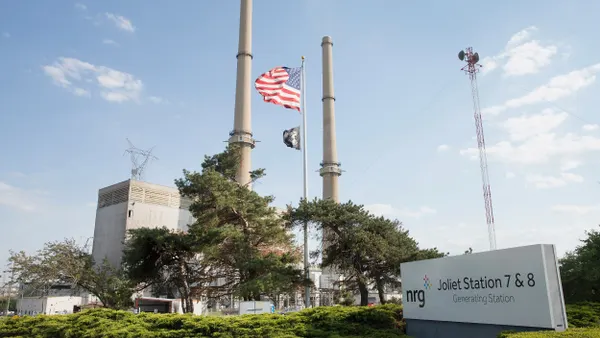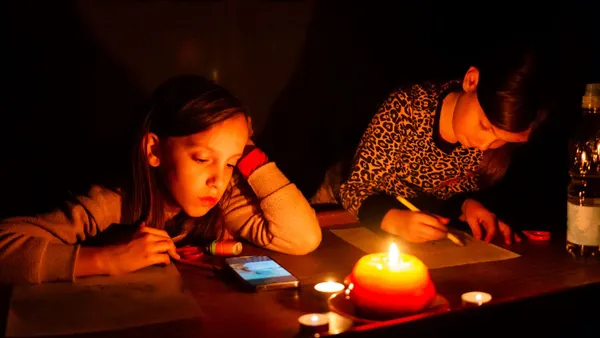Dive Brief:
- The Obama administration's decision to set ozone limits at 70 parts per billion (ppb) — the highest and most lenient of a range proposed by EPA science advisors — came after an extensive and successful lobbying campaign from the Edison Electric Institute, according to reporting from Greenwire.
- EEI initially opposed any lowering of the ozone standard from the 75 ppb set by the Bush administration's EPA in 2008. However, public documents reviewed by the media outlet suggest the utility trade group concluded a more stringent rule was inevitable, and so lobbied the administration to set the most lenient limit possible.
- In reviewing the standard set in 2008, an EPA science panel suggested the agency lower ozone limits to between 60 and 70 ppb, setting off a public relations battle between environmental and public health advocates, and the industrial and utility sectors.
Dive Insight:
EEI is notoriously tight-lipped about its lobbying and policymaking practices, but Greenwire says that a review of public documents and statements suggests that the powerful utility trade group took the middle road in its advocacy on the ozone rule — accepting the inevitability of a standard tighter than 75 ppb, but pushing for one not below 70 ppb.
Last year, the EPA had issued a draft rule for comment that floated a new standard between 65 and 70 ppb. Green groups had wanted regulators to go lower, while business advocates — especially industrial and coal interests — pushed for no change to the limit.
The electric utility trade group, in meetings with the EPA and White House, appears to have taken a different tack from its more aggressive business and generator allies.
In late September, Greenwire reports, three representatives from EEI, along with two from PNM Resources, which operates the San Juan coal plant, met with the White House and EPA. At the meetings, EEI and PNM provided officials with a handout advocating the 70 ppb standard.
"The lower the agency sets a new standard, the more it will increase permitting costs and delays while also requiring further regulation of the interstate ozone precursors from all sources," the documents said.
Less than a week later, the new standard was announced at the limit EEI had backed.
"While we are still reviewing the final standard, EEI advocated throughout the rulemaking process that, should a new ozone standard be set, it should be at the top end of the proposed range at 70 parts-per-billion," EEI said in a statement. "While compliance challenges remain with the new standard at 70 ppb, EPA has recognized the serious implementation concerns raised by stakeholders of setting the standard below 70 ppb."
EEI points out the electric sector has "made great progress" in reducing environmental impacts, cutting sulfur dioxide emissions by 80% and nitrogen oxides emissions by 74% since 1990.
Part of the reason EEI may have been willing to accept a standard below 75 ppb is that its member utilities have already been forced to clean up their dirtiest coal plants.
The EPA's Mercury and Air Toxics Standard (MATS), in particular, is expected to pull about 12 GW of coal-fired generation offline this year, and 54 GW offline cumulatively by 2016. Add in the impacts of the newly-finalized Clean Power Plan, and experts expect about 90 GW of coal to be retired by 2030, though the actual number may well be higher, since those estimates were based on the less-stringent CPP draft proposal.
Those numbers are indicative of a larger theme in the Obama administration's regulatory strategy for the power sector, Politico pointed out. More than the impact of any one rule, its the combined effects of many utility sector regulations that will bring about dramatic change in the nation's fuel mix and carbon emissions.












